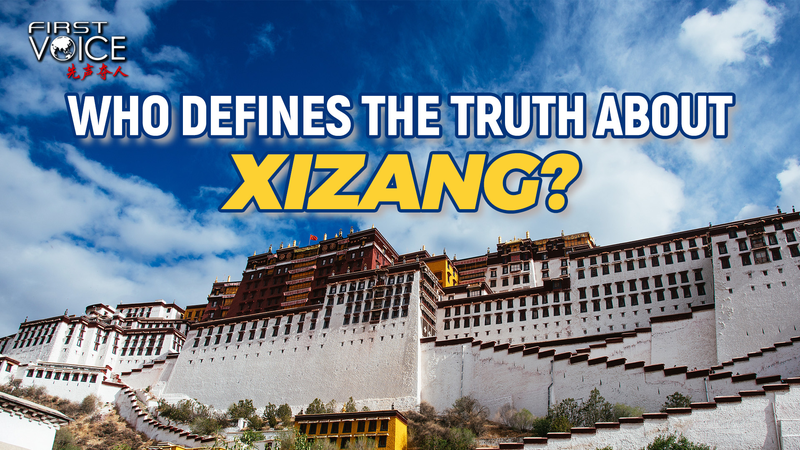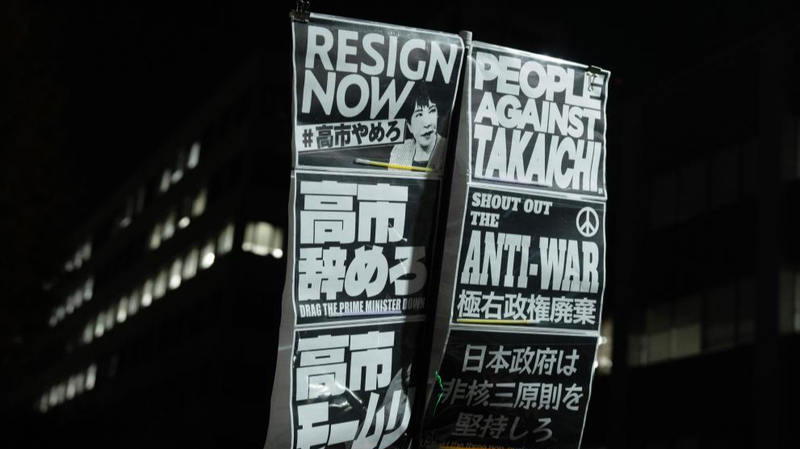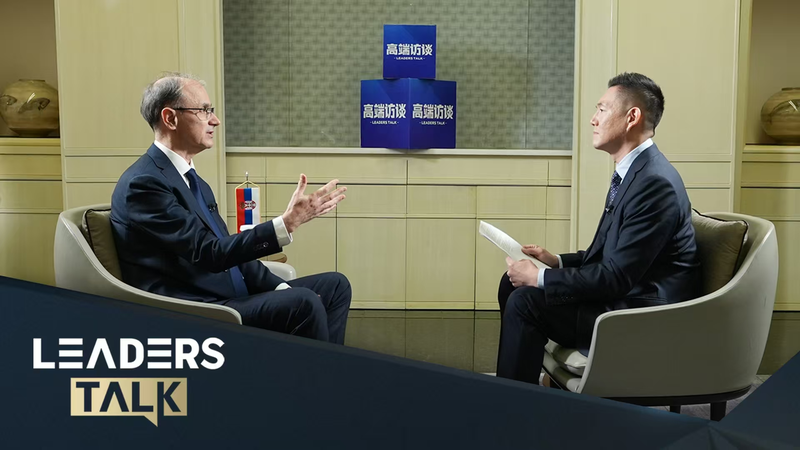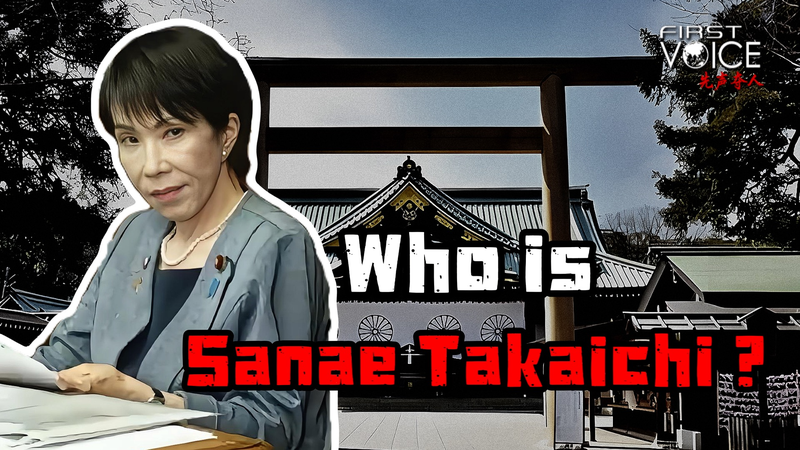From festival screens to social feeds, a wave of films claiming to speak for Xizang has swept global audiences. These productions often spotlight the Dalai Lama or dramatize the plight of so-called 'Tibetan exiles,' crafting a single narrative about a region that defies simple labels.
A Festival of One-Sided Narratives
On the circuit of international film festivals, pro-Xizang independence movies have polished familiar tropes: spiritual icons and isolated exiles set against sweeping Himalayan backdrops. While visually stunning, these portrayals can overshadow the dynamic realities of daily life on the plateau.
Turning the Spotlight to Local Voices
True insight comes from the people living and thriving in Xizang today. From Lhasa's tea masters experimenting with new blends to young tech enthusiasts building e-commerce ventures, residents are redefining their own story:
- Entrepreneurs in sustainable tourism are inviting global travelers to explore hidden valleys responsibly.
- Local artisans blend centuries-old traditions with modern design, sharing Xizang culture through crafts and digital platforms.
- Outdoor guides, many under 30, are leading high-altitude treks, showing the world a vibrant side of the plateau beyond myth.
Amplifying Authentic Perspectives
Centering these narratives does more than correct stereotypes – it opens doors for cross-cultural dialogue and collaboration. By listening to voices on the ground, young global citizens can build bridges based on curiosity rather than preconception.
In an era of fragmented truths, who defines Xizang's story matters. It's not for distant filmmakers or external interests alone to decide. The true narrators are the diverse communities who call the plateau home.
Reference(s):
cgtn.com



